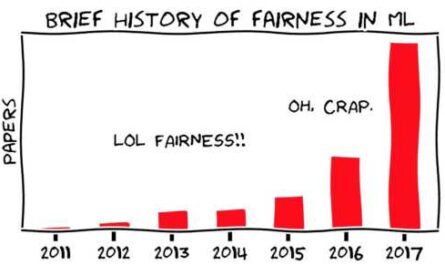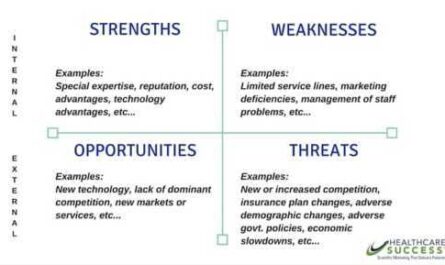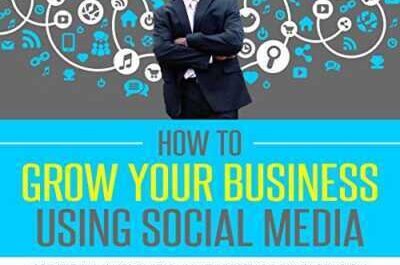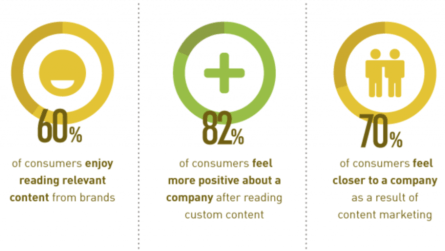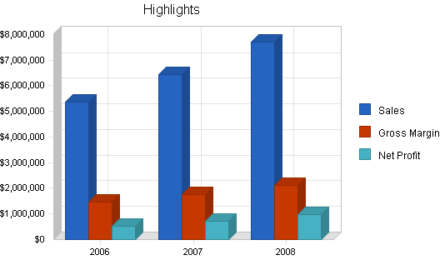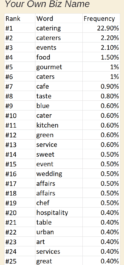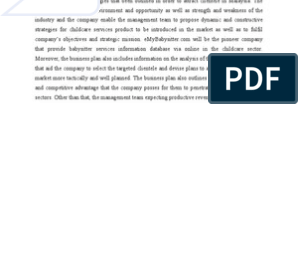Each mark should be updated as needed. Even well-known brands have benefited from the rebranding. Think of Google, Microsoft, Starbucks and many others who have changed their style a bit over the years. Sometimes it is necessary to make some modern adjustments. Here are some things to consider before coming up with a rebranding strategy.
Product presentation
The advantage of modern branding techniques is that they generally do not require a company to modify the product or service it offers. In fact, sometimes it is better not to change the original proposal. This can scare off repeat customers, who are the most profitable customers for most businesses. This is why modern branding has more to do with presentation than with the product or service itself.
Branding for a competitive advantage
One of the best things a business can do to decide if they need it. the name change is under consideration. Which competitors are they currently experimenting with? If they are changing their branding strategies to suit a changing market, sometimes that’s a sign you should too.
Additionally, a modern approach to branding can be a way to gain competition. market. Do what other brands don’t. Or do what they do, but better. Finding an innovative way to differentiate yourself from the competition is one of the best ways to maintain growth.
Preserving the company’s heritage
One of the biggest obstacles to rebranding is finding a way. stimulate growth without losing your established personality. Sandeep Dahia of The Entrepreneur explains the importance of knowing your brand values. For a smooth and safe transition to a new branding strategy, companies must stay true to their roots.
Take Wendy’s food chain, for example. As a fast food company, it would be a jump – and probably a jump in the nose – for them to jump on the healthy kick trend. Vegan or paleo menus are too far removed from their original value proposition and the expectations of their customers. Instead, they found a way to modernize and stay true to their long-standing identity by selling “fresh, never frozen beef”. The company has successfully used customer insights to make small changes to its brand. The result was a modern rebranding that still aligned with their values.
Digital problem solving
Keeping up with the pace can seem intimidating. Consumers have instant digital access to the latest trends. But businesses too. With the digital age, it’s easier than ever to listen to what customers want and need. By leveraging market data and insight, businesses can listen to their audiences and make informed decisions about their branding strategy.
How to modernize your brand image
There is no one size fits all for all modern brands. How you decide to change your marketing strategy will largely depend on your audience. Think about who they are and where they are and offline. Then think about how you want the company to be perceived and what associations you want to create with your brand. After that, you should have a clearer idea of which of the following approaches works best for your brand.
Approach # 1. Go digital
Many brands are turning to digital marketing. But before you leap to victory, it’s important to understand that there are many ways to “go digital”.
The most common way is to have an online presence through ads, blogs, and social media. Done Right – providing your audience with the content they need on the platform they prefer – this can be an effective tactic. However, this approach is getting easier to learn, which means everyone is doing it. Be careful because it is easy to get lost among the thousands of other brands competing for the attention of consumers online.
Another way to go digital is traditional cutting edge marketing. Essentially, it is device-driven advertising marketing. Businesses can display their name, logo, contact details, and other attributes on electronic accessories such as cell phone chargers, microfiber screen cleaning stickers, and phone wallet pockets. The idea is that since people spend so much time looking at their devices, placing the brand name next to their screen will optimize exposure.
Not only are branded gadget accessories more unique, but they are also more likely to be noticed than social media ads. Consumers often activate smart filters to block the digital marketing they see on their phones and computers. However, when they look away from the screen itself, they turn off those filters and open up to offline promotion. As a result, advertising items are considered more serious than regular digital advertisements.
Both online and offline tactics help signal technical savings to consumers. Plus, linking the technology to the brand name gives brands a modern look.
Approach 2: rethink your logo
Even the favorite brands of the United States have updated their logos to keep pace. Often, slight changes to the font of the brand name or increased saturation of the color logo are required. Sometimes it doesn’t make sense to completely overhaul a company’s logo as it can make the brand unrecognizable to customers. Instead, keep key elements that are relevant to your brand and your offering, such as token shapes and symbols, to help clarify your brand, even amid other marketing shifts.
If you go for a more modern aesthetic for your logo, remember that less is more. In a market filled with decorative logos, simple designs stand out in the crowd. Simple designs are straightforward and give consumers a clear idea of your brand’s style. Plus, the minimalist design tells consumers that the brand is upscale. According to Fast Company’s Mark McNeilly, it’s an absolute sign of sophistication.
One final note on the logo design: modern doesn’t mean trendy. If you’re trying to stay on top of the latest design trends, you’ll be re-doing your logo every two months. Trends are changing too quickly. Aim for the timeless, not the fashionable. These are the types of logos that are obsolete at every turn.
Approach n ° 3. Humanize your brand
Consumers no longer like companies to hide behind big names and logos. They want their favorite brands to feel more human and less corporate. That’s why one of the most revolutionary, yet easiest ways to modernize is to create a face for your brand.
For large companies, this could mean CEOs and other executives are taking a new approach to public relations. A recent trend is for CEOs of large companies to take an active role on social media, directly promoting and discussing product releases and brand developments. Done well, it can add a new level of transparency and authenticity to a company’s image by revealing the visionaries behind a brand. …
Small businesses can also add a human element to their brand. Attending trade shows and hosting pop-up stores are great opportunities to connect face to face with your audience. These interactions not only collect feedback and improve customer service, they are essential in building brand reputation. They help the brand to feel more representative than distant.
If you find yourself in the limelight that doesn’t match your particular brand, consider using influencers to promote your product. For a particularly modern approach, choose real people, not celebrity supporters. Consumers are more likely to trust someone they trust rather than a famous one. Take for example the Glossier cosmetics brand. They adopted a “treat everyone like an influencer” strategy by posting real customers testing their products on Instagram. This influencer strategy with over two million subscribers has proven to be very effective in helping them reach their audience.
A modern approach to branding doesn’t require a complete overhaul of a company’s logo and marketing strategy. You just have to listen and communicate with customers. Go to where your customers are (for example, on their phones). Remove your logo. And step out of the corporate mask. These strategies can help your brand stand out from the competition without sacrificing your core values.
